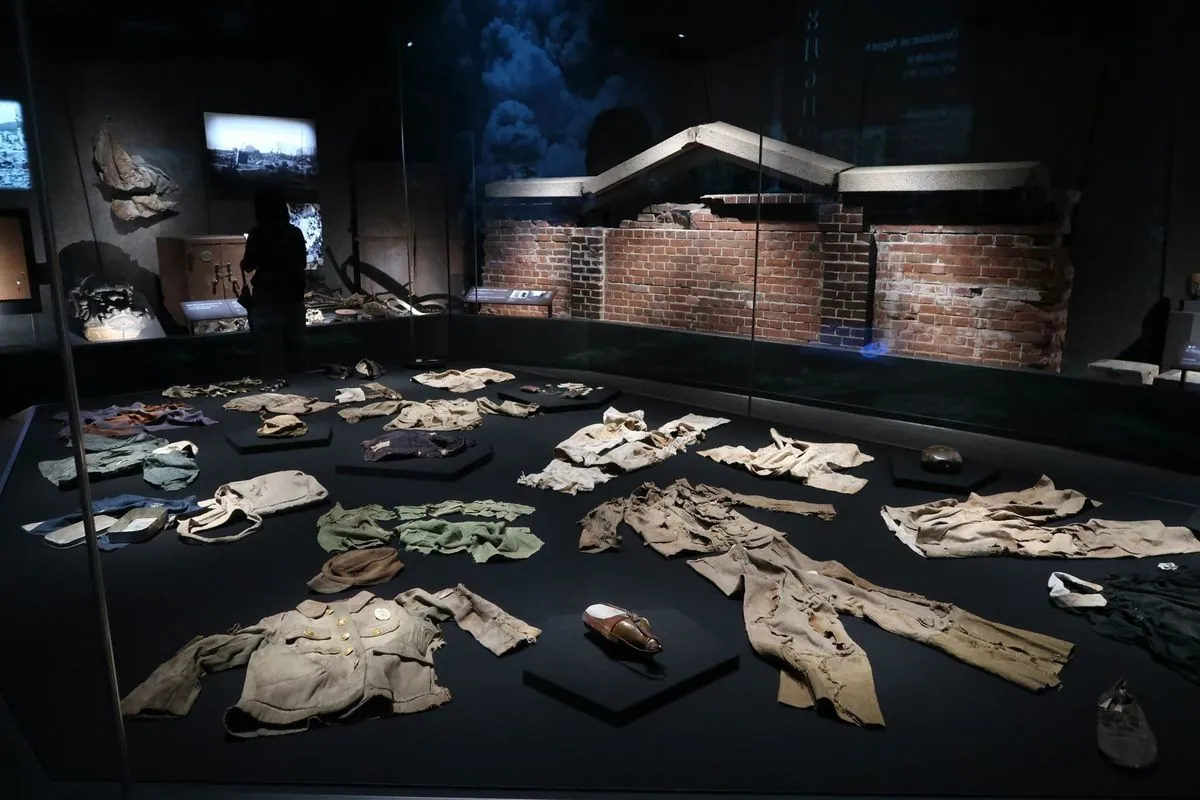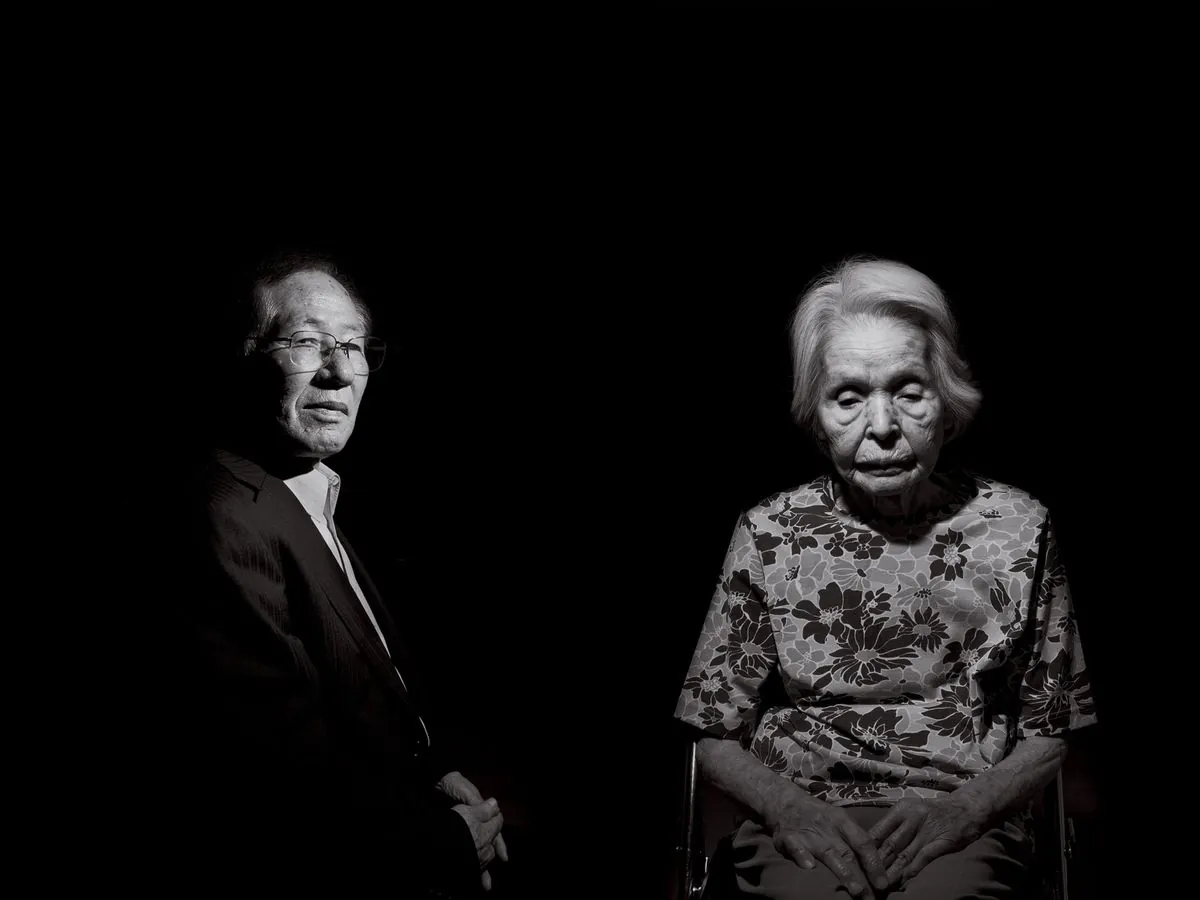Hiroshima's Last Voices: A Powerful Testament to Nuclear Horror
M.G. Sheftall's "Hiroshima: The Last Witnesses" offers a poignant exploration of atomic bomb survivors' experiences. The book provides crucial first-hand accounts, preserving the memory of August 6, 1945, for future generations.

M.G. Sheftall's "Hiroshima: The Last Witnesses" provides a compelling and comprehensive account of the atomic bombing of Hiroshima on August 6, 1945. The book, which began as a research project in 2016, offers a unique perspective on this pivotal moment in history through the eyes of those who experienced it firsthand.
Sheftall, a professor of modern Japanese cultural history at Shizuoka University, has lived in Japan since the late 1980s. His deep understanding of Japanese culture and his extensive network of contacts have allowed him to gather powerful testimonies from hibakusha, the survivors of the atomic bombings.
The book focuses on the experiences of young people who were present in Hiroshima on that fateful day. Among them are Kōhei Ōiwa and Chieko Tominaga, both 13 years old at the time, who survived because they were home sick. Sheftall also recounts the story of Setsuko Sakamoto, who was working at a firebreak site about half a mile from Ground Zero when the bomb detonated.

These first-person accounts provide a vivid and harrowing picture of the immediate aftermath of the bombing. Survivors describe the unimaginable scenes of destruction, the loss of loved ones, and the struggle to comprehend what had happened to their city.
"It's a shocking tragedy when a single person dies before your eyes, but when many do all at once? Soon you're like 'Oh, here's one … There's another … and another …' It almost frightened me, how easily I was able to turn off my emotions like that. But I had to … Sonna toki ni, ningen no kokoro ga kieru. (The human heart disappears at a time like that.)"
Sheftall's work goes beyond simply recounting the events of August 6, 1945. He explores the long-term physical and psychological effects on the survivors, their role in shaping the peace narrative, and the challenges they faced in post-war Japan. The book also touches on the censorship of information about the bombings and how the American narrative was shaped in the years following the war.
One of the most striking aspects of "Hiroshima: The Last Witnesses" is its emphasis on the human cost of the atomic bombing. While the iconic image of the mushroom cloud has come to symbolize the event for many, Sheftall reminds readers that those who perished in the blast never saw this sight. Instead, he focuses on the experiences of those on the ground, providing a more nuanced and personal understanding of the tragedy.
The book also addresses the scientific and historical context of the bombing, including a concise explanation of the Manhattan Project and nuclear physics. This background information helps readers understand the full scope of the event and its implications for the future.
As the number of hibakusha dwindles with the passage of time, works like Sheftall's become increasingly important in preserving the memory of what happened in Hiroshima. The average age of surviving hibakusha is now over 80, making the preservation of their testimonies all the more urgent.
"Hiroshima: The Last Witnesses" serves as a powerful reminder of the devastating consequences of nuclear weapons and the importance of working towards a world free from such threats. By giving voice to the survivors and presenting their stories in a thoughtful and respectful manner, Sheftall has created a valuable resource for future generations to learn from and reflect upon.


































